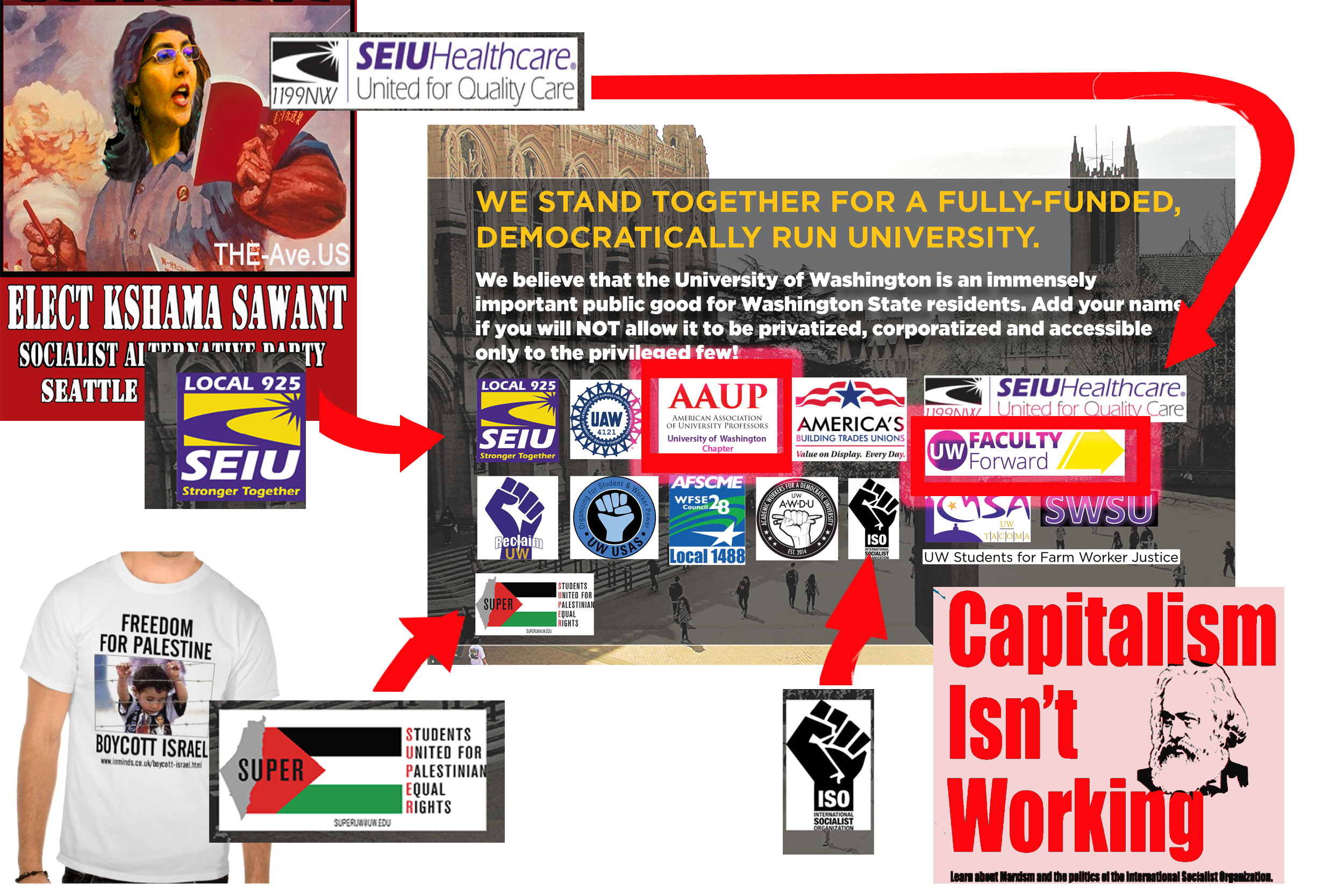
 Paul Burstein, AAUP LISTSERV
Paul Burstein, AAUP LISTSERV
A bit on research about democracy in unions:
In 1956, the sociologists Seymour Martin Lipset, Martin Trow, and James S. Coleman published a book entitled Union Democracy, long considered a classic. It began by describing how rare it was for unions to remain internally democratic, regardless of their historical circumstances, internal structure, rules for elections, and so on. The book studied one of the rare exceptions, a union local–the New York City local of the International Typographers Union, to which Lipset’s father had belonged–to discover what made democracy possible in a union over the long term. The book was extremely influential, but, ironically, after it was published meaningful democratic governance ended in the local they studied.
Some subsequent work contends that democracy in unions is not quite as rare as Lipset, Trow and Coleman claimed. Arguably it is possible to sustain democracy in unions over a fairly long period, mostly when unions are highly factionalized and include disparate and even hostile groupings.
So while “internal union democracy” may vary from one union to the next, we have a pretty good idea of how it will vary: from what is by far the most common situation–no meaningful democracy–to some exceptions, in unions characterized by factionalism and internal conflict.
Some faculty may enjoy the prospect of a non-democratic faculty union (especially those who hope to control it), or a union that is democratic because its stances on political issues outside the university arouse so much conflict among the members that bread-and-butter issues become secondary. Others may not.
Paul Burstein